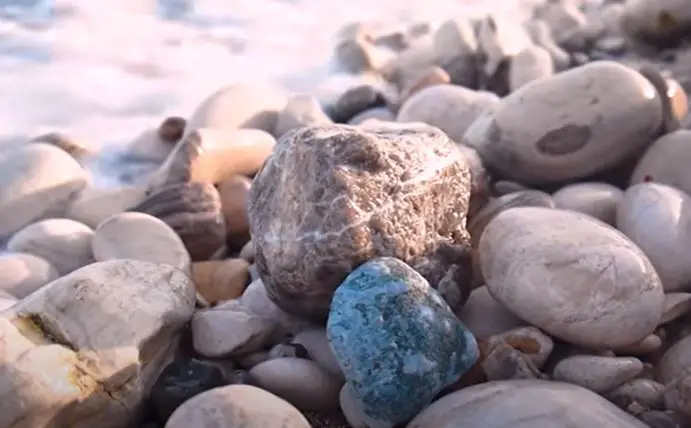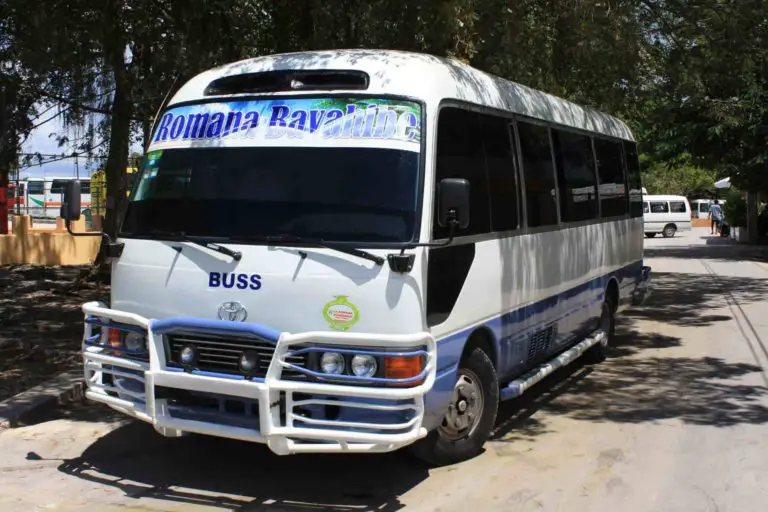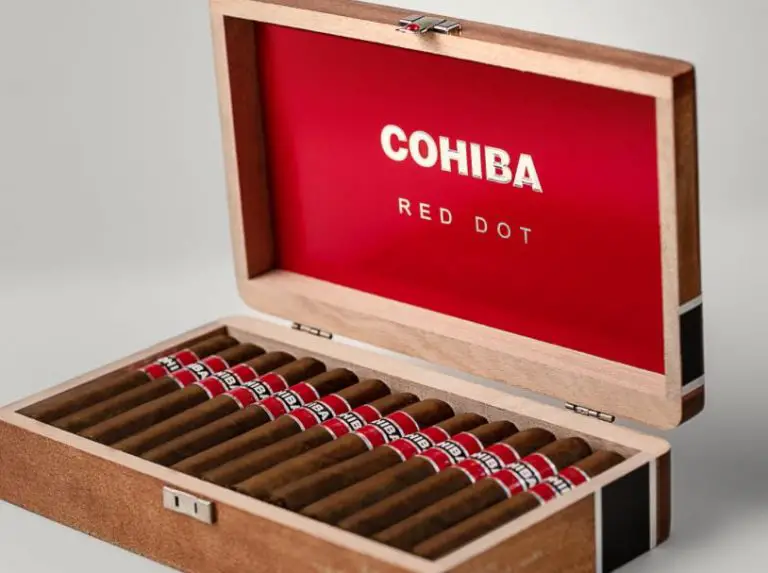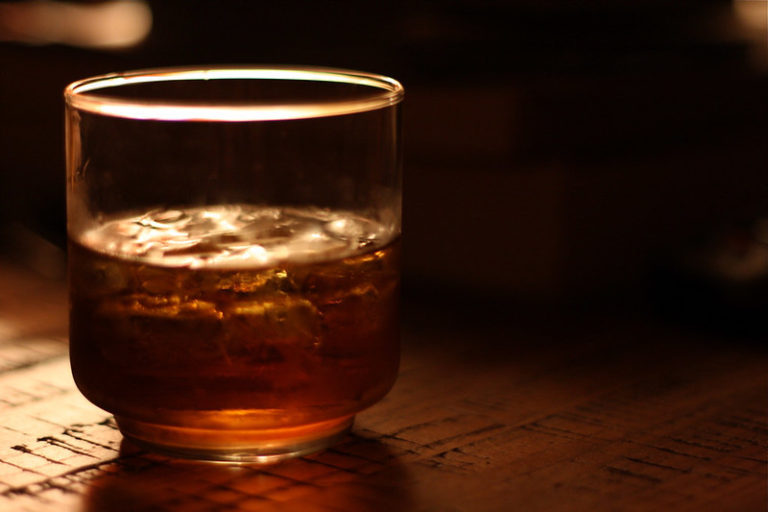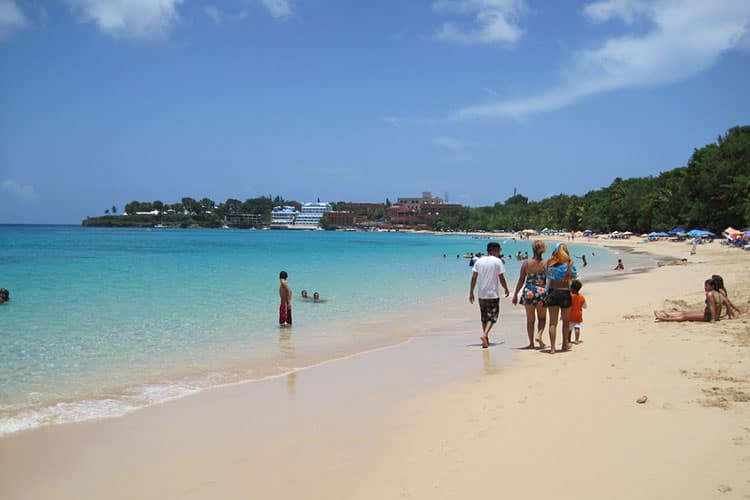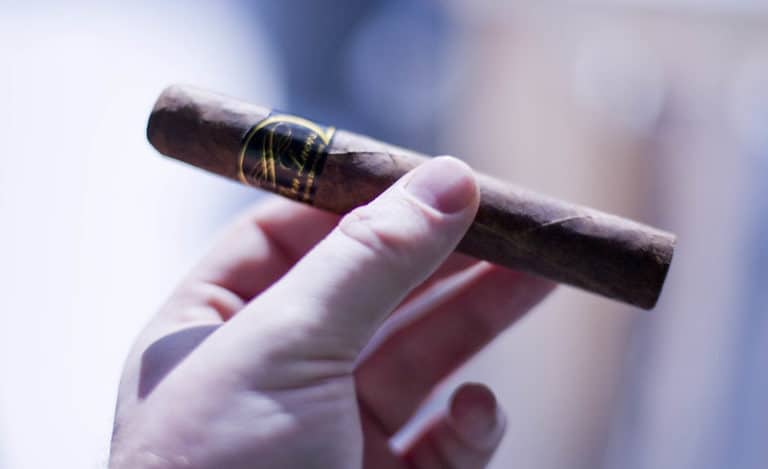Is Voodoo Practiced In The Dominican Republic?
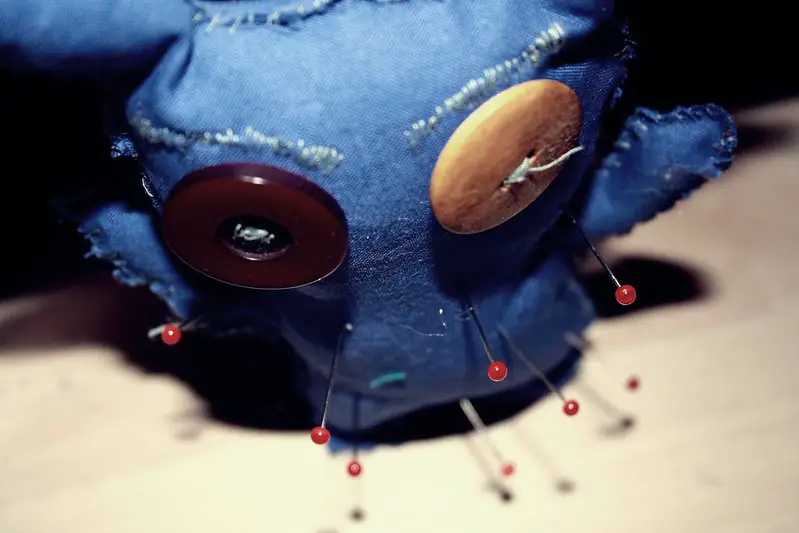
Of strong African influence, it is a rite between the magical and the religious that persists in rural areas. Both in the Dominican Republic and in neighboring Haiti, it is possible to attend a voodoo show.
What is known as “Dominican voodoo” seems to be expressed as a religious subcultural practice whose nature seems to be a result of historical contact between the two nations and their cultures, where certain Afro-Indian religious manifestations seem to have been syncretized.
Although Dominican Voodoo is derived from Haitian Voodoo, it shares certain characteristics that differentiate it from Haitian Voodoo.
Dominican Voodooists, as a rule, do not have their own temples, the rituals are regularly carried out in front of altars placed in a corner of the practitioner’s house.
They do not perform, except in very rare cases, animal sacrifices, they do not have an organized priesthood, and what is even stranger, they do not consider themselves Voodooists, but Spiritists.
And in another version, those who receive beings (horses) and have their own altar are called servants of mysteries, and all believers: spiritists.
Dominicans, in general, are only interested in the magical practices of this religion, with which they aspire to improve their luck, triumph in love, defeat the enemy or solve the problems of material life.
If you want to see an “authentic” ceremony live, you will have to contact one of the closed groups that officiate the ceremonies, outside the tourist circuits.
The origin of voodoo can be traced back to the arrival of the first slaves in Haiti, but the first written references to this religion date back to the 18th century, when these practices began to take root. The slaves who arrived in the Dominican Republic came from the African coast of Guinea.
Apparently, among those slaves came priests who maintained African beliefs as a form of resistance against the exploiter.
The ritual of voodoo is very complex, in its three main branches: rada, congo, petro and has infinite variants depending on who officiates, the environment and the ultimate goal of the celebration.
Voodoo worships “Gods”, Saints, and extra-human beings, which are called luases, mysteries or canses. Voodoo teaches that the luases are grouped into 21 divisions or hierarchies.
These divisions are:
1)- Leguas, 2)- Ogunes, 3)-Rodas, 4)- Locos, 5)-Guedes,6)-Petros, 7)-Simbis, 8)-Locomis, 9)-Zombis, 10)- Indios, 11)-Nagos, 12)-Congos, 13)- Guines, 14)-Niñillos, 15)-Caes, 16)-Dangueles, 17)-Shuques, 18)-Piues, 19)-Difemayos, 20)-Petifones, and 21)-Marasas.
Origin and meaning of voodoo
Voodoo means God, spirit. During the ritual, the forces of the living and the dead are mixed. These supernatural presences, called “loas” inhabit another plane, controlling and watching over the world of the living. At any moment they can materialize or even occupy the physical body of a living person.
The origin of voodoo is the belief that Papa-God, the great master when he left the Earth, created immaterial beings to whom he granted certain powers. The role of these beings is to act as intermediaries between God and men.
Depending on the attitude of these immaterial beings, they are classified as loas, zagnes or angels. They direct the destiny of men from the maternal womb.
A Loa is a supernatural force as well as a being of flesh and blood, subject to the weaknesses of humans.
The Catholic religion persecuted the practitioners of voodoo, but the most concerned in their repression were the plantation owners. Maroons, runaway slaves, promoted the celebration of rituals, inciting captive slaves to rebel against their masters. If they died in the struggle, their spirit would be revived in Africa.
Voodoo understands that the human being has two souls: the great good angel and the little good angel. The big angel represents experience, personality, and intellect. The little one has a conscience about himself and the outside world.
Voodoo attributes human qualities to animals, plants, and minerals. A person, living or dead, can be transformed into a plant or an animal. They are the so-called “zombies”, so fashionable in many current movies.
The altars of the voodoo priestly body are in their own homes and are usually surrounded by a mixture of Catholic saints, fetishes, and natural elements.
During the ritual, the varied sound of drums and other instruments propitiate the appearance of the ecstasy to which a great part of the followers of this religion succumb. It is a picturesque rite, accompanied by incantations of the priest and adorned with colorful scarves and ritual baths.
The officiant, after coming out of the trance, usually prescribes potions and various herbs to alleviate illnesses.
What is Santeria?
Santeria is not a religion in its beginnings, but a conglomerate of religions of the Yorubas of Nigeria, who believe in a god they call Olorun, who interacts with the world through the orishas, who are emissaries, and who govern each of the forces of nature.
For a long time in the West, Santeria has been obscured by giving it a Catholic aspect, representing the orishas with Catholic saints.
It includes animal sacrifices, divination sessions within pagan rituals; and trances for possession by evil spirits.
They have even sought a point of coincidence with the Catholic Church in the dates of their feasts dedicated to the different orishas with those of the saints of the Catholic Church.
Is voodoo common in the Dominican Republic?
The Dominican Republic is an eminently catholic country, the majority of the population practices some religion being catholic the most popular, voodoo is not as common as it is in Haiti, where approximately half of the population practices it.

